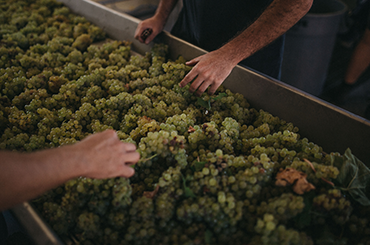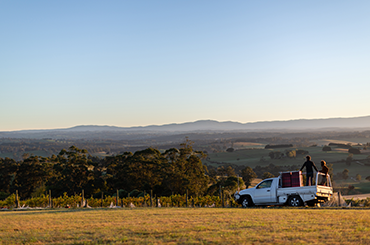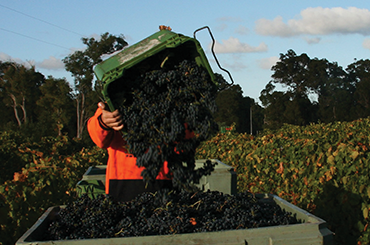“You don’t waste a crisis,” says winemaker Ken Helm. It’s a mantra that’s held the Helm Wines founder and his Canberra District counterparts in good stead. It’s seen the industry bounce back after Hardys pulled out. It’s seen winemakers get creative when smoke ruined their crops a few years ago. And it gave winery owners an opportunity to renovate and diversify when Covid lockdowns closed their cellar doors. Now, they’re welcoming an influx of people who love this dynamic region.
When Ken planted vines near Murrumbateman in 1973, he was among a small group of pioneers of Canberra’s modern wine industry. Two years earlier, the late Dr Edgar Riek planted vines at Lake George, and Dr John Kirk laid the foundations for Clonakilla, now one of the country’s most notable wineries.
While there was the odd earlier planting, 1971 is regarded as the birthdate of the Canberra wine industry. The 50th anniversary would have been honoured last year if Covid hadn’t got in the way.
“I look back and think time travels fast when you’re having fun,” says Ken, who is a descendant of German vignerons who planted vines around Albury in the 1850s.
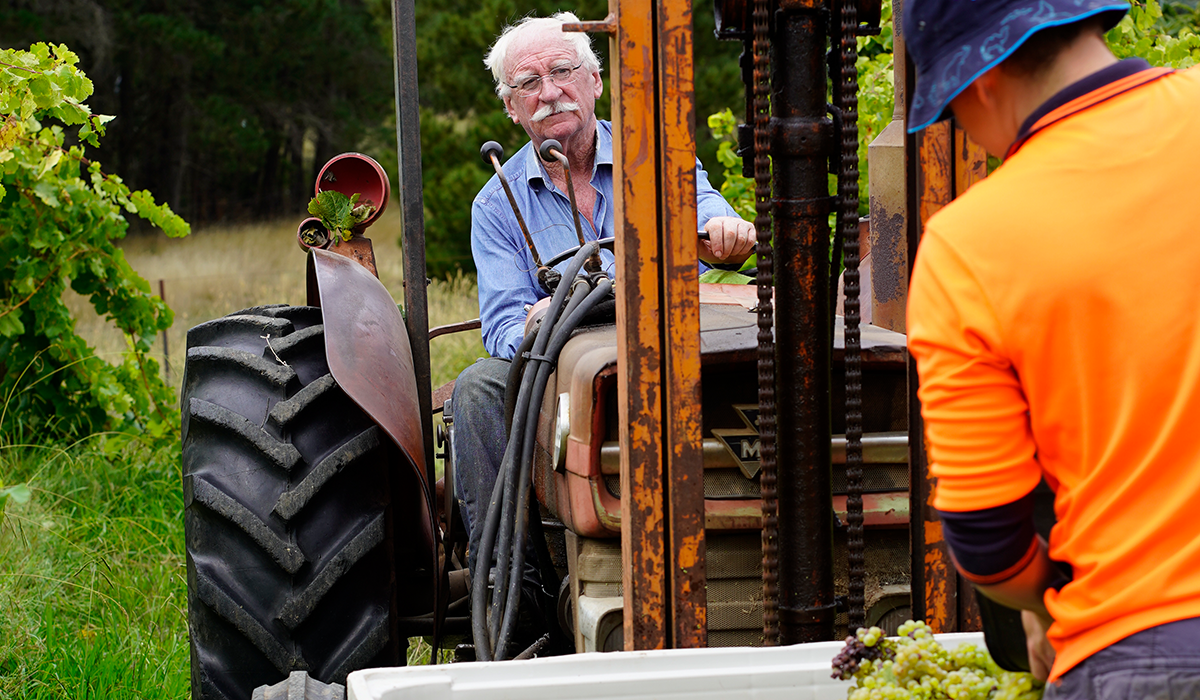
Most of those involved in the region’s fledgling industry were scientists and academics, poorly paid compared with the medicos and lawyers investing in other regions. “They were very tentative steps in those early days,” Ken says. That was until the Hardy Wine Company was enticed to the region. They opened a huge 3000-tonne winery in 2000, bringing in expert viticulturalists and winemakers.
It was a much-needed shot in the arm, but it only lasted seven years when Hardys was sold to Accolade. “The two best things that happened to the industry in Canberra were when Hardys came – and when Hardys left,” Ken says. From less than 100 hectares of vines in the district, plantings had expanded to 500 under Hardys. “They just walked away and left us with all those vines.”
Their departure also left several key former Hardys winemakers in the region, who continued to play an influential role. They include Alex McKay of Collector Wines, Nick O’Leary from Nick O’Leary Wines and Nick Spencer, who spent almost 10 years at Eden Road Wines before starting his eponymous label in Gundagai/Tumbarumba. Throw into that mix people such as Graeme Shaw, who planted 40 hectares of vines in one hit and whose Shaw Vineyard Estate now boasts a five-star tasting room, restaurant and even a helipad.
All have helped raise the profile of a region that is blessed with being able to produce a wide range of wines. That’s not to say it’s an easy region for growing grapes – there is the constant threat of drought and spring frost. Yet with four distinct seasons, plenty of sunlight, long cool autumns and a high diurnal temperature range, grapes develop great intensity of flavour.
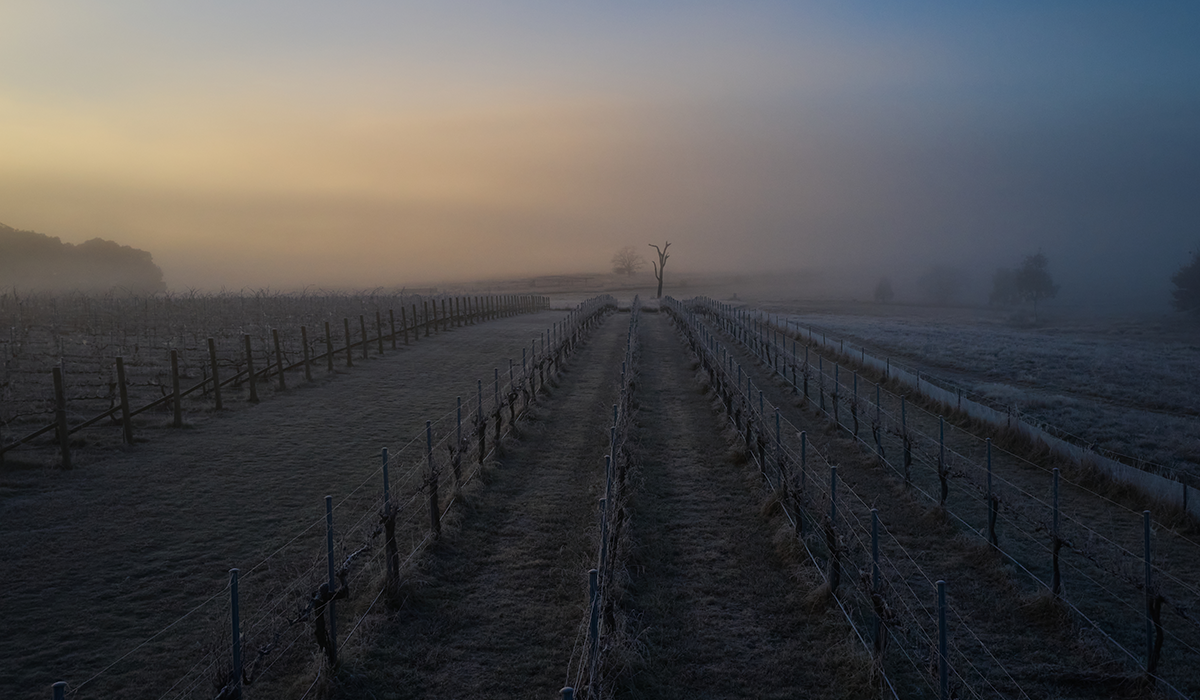
Canberra’s slogan, Liquid Geography, is designed to highlight the region’s diversity. This could easily apply to any terroir, but it takes on added meaning in Canberra, where a broad range of elevations, soil types and microclimates produces a remarkable diversity of wines that not only succeed, but also thrive. Vineyards range from 300 to 800 metres above sea level, contributing to typically cool-climate, austere and elegant wines.
Riesling and shiraz viognier are the heroes, with Clonakilla putting the region on the map with what is widely celebrated as one of Australia’s great reds. Ken Helm has worked tirelessly to raise the profile of riesling, also co-founding the Canberra International Riesling Challenge. It was postponed for two years because of Covid, but returns in October 2022.
Canberra is perfect for riesling, according to Ken. “Great rieslings are made in the vineyard,” he says. Helm Classic Dry Riesling, first produced in 1977, is his biggest seller, closely followed by Helm Half Dry Riesling, inspired by the German halbtrocken style. Its hint of sweetness and dry finish pairs beautifully with Asian food that isn’t too spicy.
Widespread frost decimated his crop in 2014, prompting him to forge ongoing contracts with vineyards in Tumbarumba and Orange, a crisis once again turned into an advantage. “If we have frost, a hailstorm or whatever, they give me another source of grapes.”
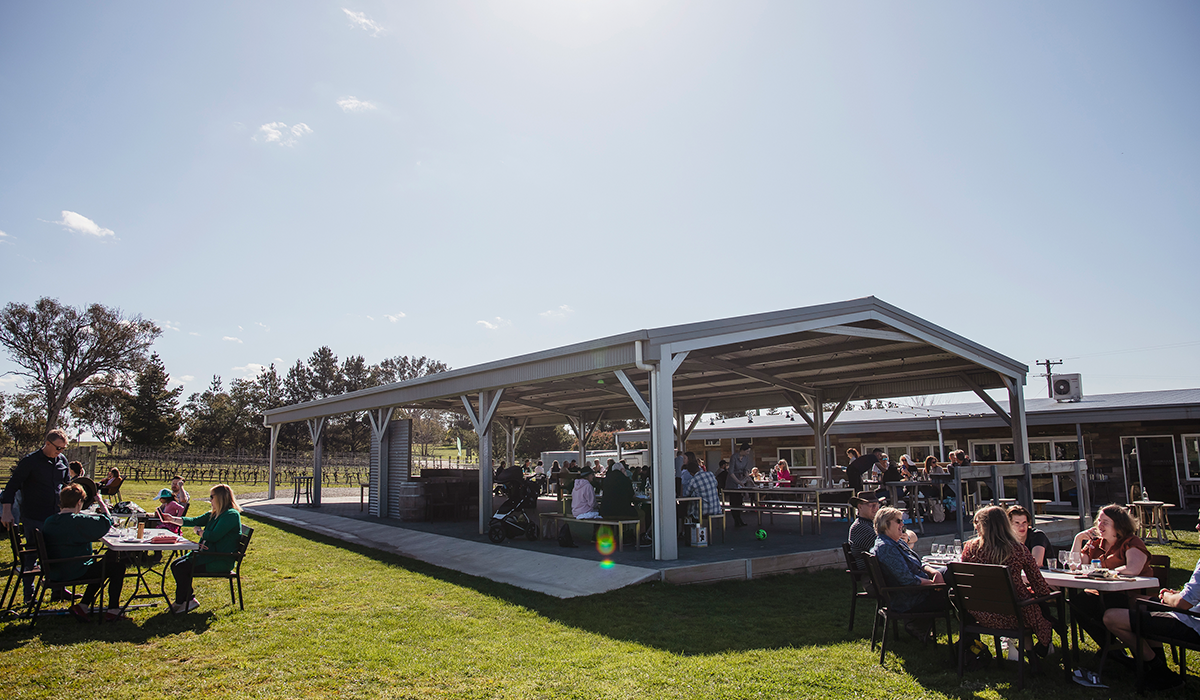
It also allows him to demonstrate how riesling expresses its place. “I’ve got four vineyards across 11 hectares of vines here in the valley, and each of those vineyards produces a different flavour profile. Tumbarumba has a different flavour profile and so does the Central Ranges. People can’t believe riesling is so diverse; they are blown away by it.”
Ken has hung his hat on riesling and cabernet, building separate state-of-the-art wineries for each. Despite specialising in this way, he’s long been convinced that Canberra can successfully produce a range of varietals. “We’ve shown that cabernet does extremely well if it’s grown correctly. Pinot noir is starting to raise its head; some smart wines are being made from that. Tempranillo and sangiovese are also being produced.”
He could also add to that list gewürztraminer, grown by his daughter Stephanie Helm at The Vintner’s Daughter, and grüner veltliner, championed by Lark Hill.
Mount Majura’s first tempranillo, in 2003, was a revelation for winemaker Frank van de Loo. It’s been so successful in the iron-rich soils that it has since become Mount Majura’s flagship variety. Graciano and mondeuse are also grown, some of it blended into the highly regarded TSG (tempranillo shiraz graciano).
Mount Majura offered seated tastings long before Covid called for them. Fellow winery Four Winds pivoted to seated tastings during Covid, charging $15 to $18 for a flight of four, with a choice of whites, reds or both. Four Winds CEO Sarah Collingwood says the tasting is generous, totalling just under two standard drinks. The wines can be enjoyed over lunch if desired; their wood-fired pizzas are very popular.

Four Winds is getting back into a “re-set” after some challenging years. The lockdowns were preceded by bushfires in the summer of 2019-20 that left many of the region’s crops so badly affected by smoke taint they couldn’t be harvested.
“The crop looked so good, it was hard for us to comprehend that we wouldn’t be picking any of it, so we picked two tonnes of the 140 tonnes that we usually pick, and took it to the Canberra Distillery to make into gin,” Sarah says. The riesling gin was well received and won bronze at the 2021 Australian Gin Awards.
The appointment of former Charles Sturt University winemaker Campbell Meeks has given Four Winds even more confidence to experiment. They have released an Off Dry Riesling, and Campbell is keen to play around with chardonnay from the Kyeema vineyard, which the winery acquired a few years ago. Four Winds is believed to be the only Canberra winery making a sparkling riesling.
“Most of the plantings in Canberra happened in the late ’90s. That’s more than 20 years’ experience for a lot of businesses, and I just feel like everyone’s wines are maturing and evolving,” Sarah says. “There’s a lot of energy and enthusiasm in the region.”
Grower duo Jason and Alecia Brown are so enthusiastic that in 2019 they bought land between Murrumbateman and Hall, including the two-hectare Kerralee vineyard. They’ve planted eight more hectares and work will soon start on a $5 million winery, cellar door and restaurant.
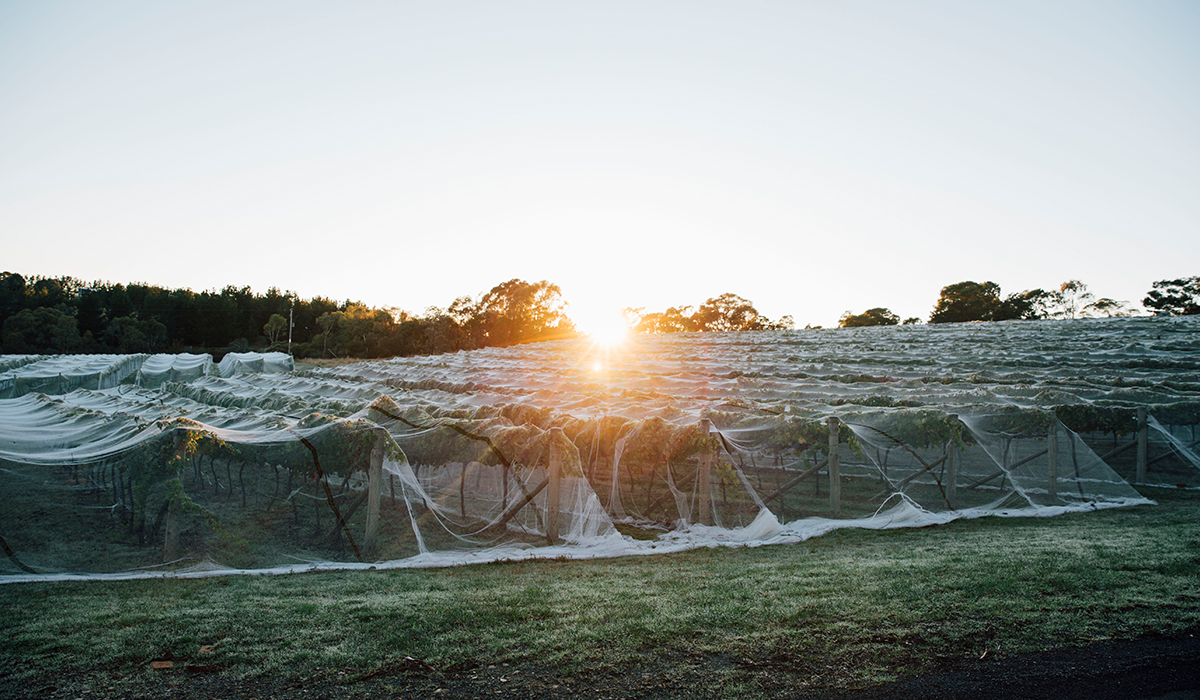
The Browns already have vineyards in Hilltops and Tumbarumba, and while Canberra vignerons commonly source grapes from those regions, the Browns are the first to own substantial sites across all three regions. Canberra will be the face of their operation.
Respecting heritage while injecting an element of fun has allowed Wamboin winery Contentious Character to gain a loyal following. The four partners who bought the former Lambert Vineyards in 2017 loved visiting the estate before acquiring it. They’ve upped the output enormously, introduced private picnic areas with social media walls, and put their own stamp on the wines, including quirky labels like Wiffle Whaffle Pinot and Give Me One Riesling. Their restaurant adapted to Covid lockdown by making condiments, and they partnered with local producers to make everything from truffle chocolate to wine-scented candles and soaps.
Visitors here can choose between three tasting experiences: half monty ($10 for five wines), full monty ($18 for eight) or the indulgence tasting ($26 for 12). Such an extensive vertical tasting is rare, and food pairings are available. You could be tasting anything from a 2003 Founder’s Collection Shiraz or 2005 Riesling, made possible through the purchase of all Lambert stock, right through to the 2022 vintages.
Managing director Ben Jarrett says pinot noir and pinot gris grown on the 810m-high estate are their most popular wines. Verdelho brought in from Cowra has been a surprise success story, while a delicate salmon-coloured shiraz-based rosé has also been a hit. Weekly virtual tastings during lockdown sold out, but Contentious Character, like all Canberra wineries, have been excited to welcome visitors back.
One of the best things about Canberra’s cellar door experiences is how personal they are. Most are family-owned wineries passionate about producing quality. “People walk in and are surprised to be served by the winemaker,” Ken says. “You don’t get that in many places anymore. That’s a real positive and we shouldn’t lose that.”
This article first appeared in issue #62 of Halliday magazine. Become a member to receive the print publication as well as digital access.
Image credit: Four Winds, Megan Cassidy.



